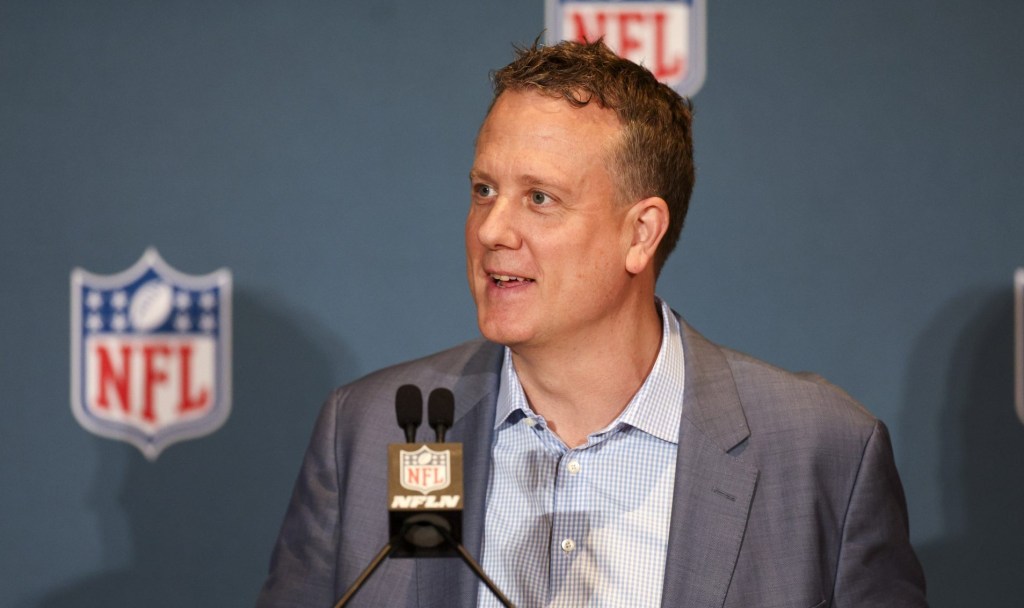By: Trace Welch, @twelch88
Every year, from the middle of March until the beginning of April, the most celebrated tournament in North American Sports takes place. Sixty-eight Division I college basketball teams battle in a single elimination, winner-take-all tournament to crown a national champion. This tournament is filled with rim-shattering dunks, aesthetically pleasing passes, incomprehensible upsets, and thrilling finishes. A natural attractor of advertising revenue, as well as merchandising and broadcasting contracts, the annual NCAA Tournament is an event that brings in a huge amount of revenue for the National Collegiate Athletic Association. This annual tournament has only been increasing in popularity and viewership, which in turn has raised the revenue of the event to all-time highs. The NCAA marketing and sponsorship departments deserve massive credit for building the event into the revenue generator that it is; however, with all of the money that the NCAA Tournament brings in, I believe that it is fair to ask the question, why do the athletes themselves not get a “piece of the pie?”
The NCAA tournament and its broadcasting partner, Turner Broadcasting, have created a model that has increased the popularity and viewership of the NCAA tournament every year. In 2013, tournament ratings hit a 19-year high, averaging 10.7 million viewers, while the national championship game drew in 23.4 million viewers.[1] With such high viewership numbers and rising popularity, the NCAA Tournament has become a cash cow for the National Collegiate Athletic Association. In 2013, the NCAA tournament raised $1.15 billion in advertising revenue alone;[2] this number does not even take into account the money raised from merchandise sales, concession sales, and ticket sales. When adding everything up together you can understand just how profitable the tournament is for the NCAA. The only issue that I have is that without the athletes, there would be no NCAA tournament, which would be a seismic blow to NCAA revenue. Although the NCAA makes such a large amount off of advertising revenue, their actual profit is not as high, as they are responsible for the transportation, housing, and other administrative costs to support the tournaments and the teams competing. However, when balancing the revenue and costs, the NCAA makes a sizeable profit from the event.
The NCAA is required to share some of its profit from the event with the respective conferences and teams that take part in the tournament. For example, the NCAA’s basketball fund will dish out an estimated $194 million to Division I conferences this year.[3] Each conference receives a different amount that is based on the performances of the teams representing the conference in the tournament. However, the athletes that are competing and driving the viewership will not directly see any of this money. Although supporters of the current NCAA model may argue that the benefit of the athletes comes in terms of their scholarships and stipends, the amount of benefit to those competing in the NCAA tournament pales in comparison to the large profits that the NCAA is generating from the event. There is no perfect way to tackle this issue, but in my next weekly whip around I will lay out some possible solutions that could rectify the situation.
















